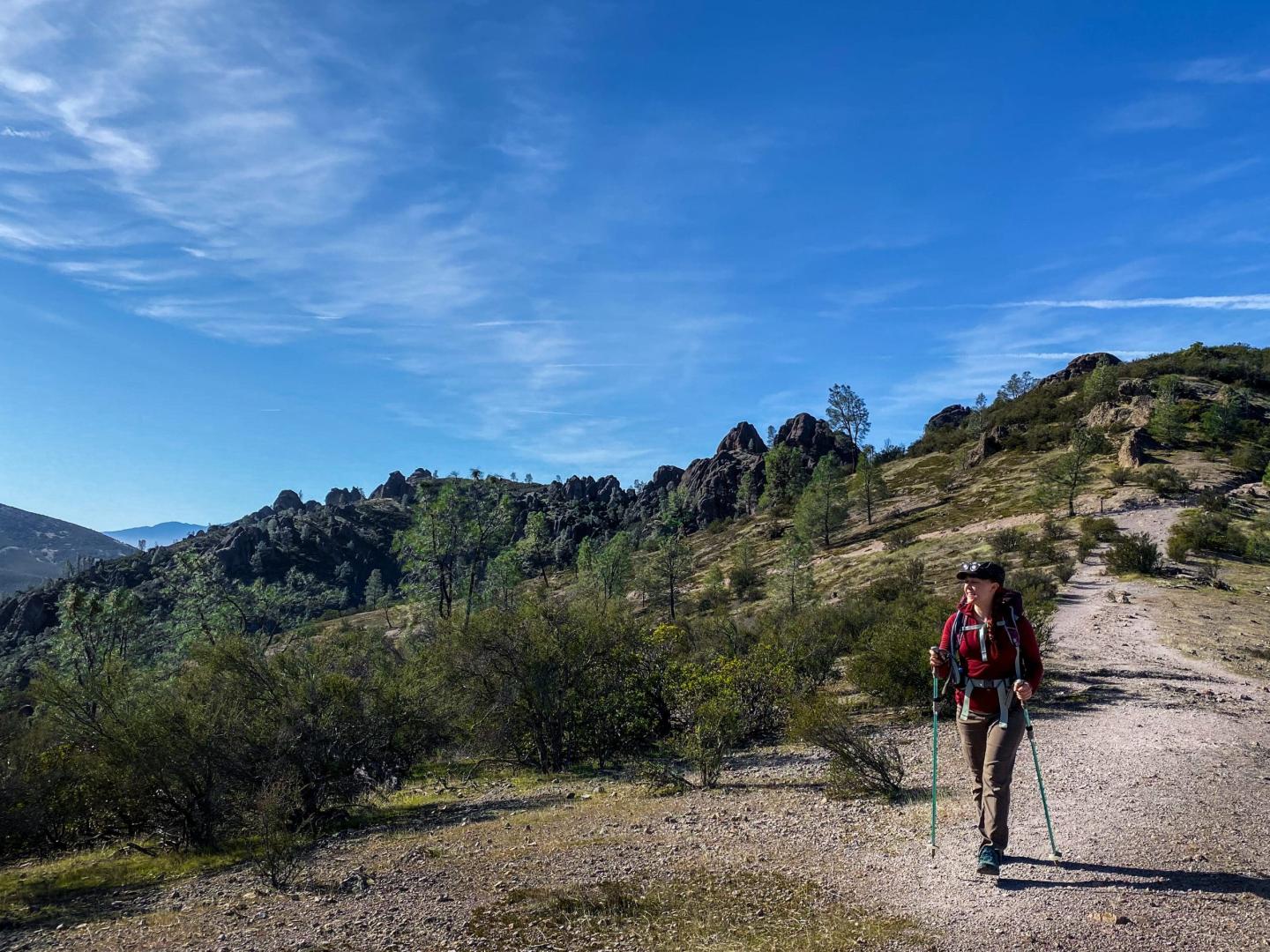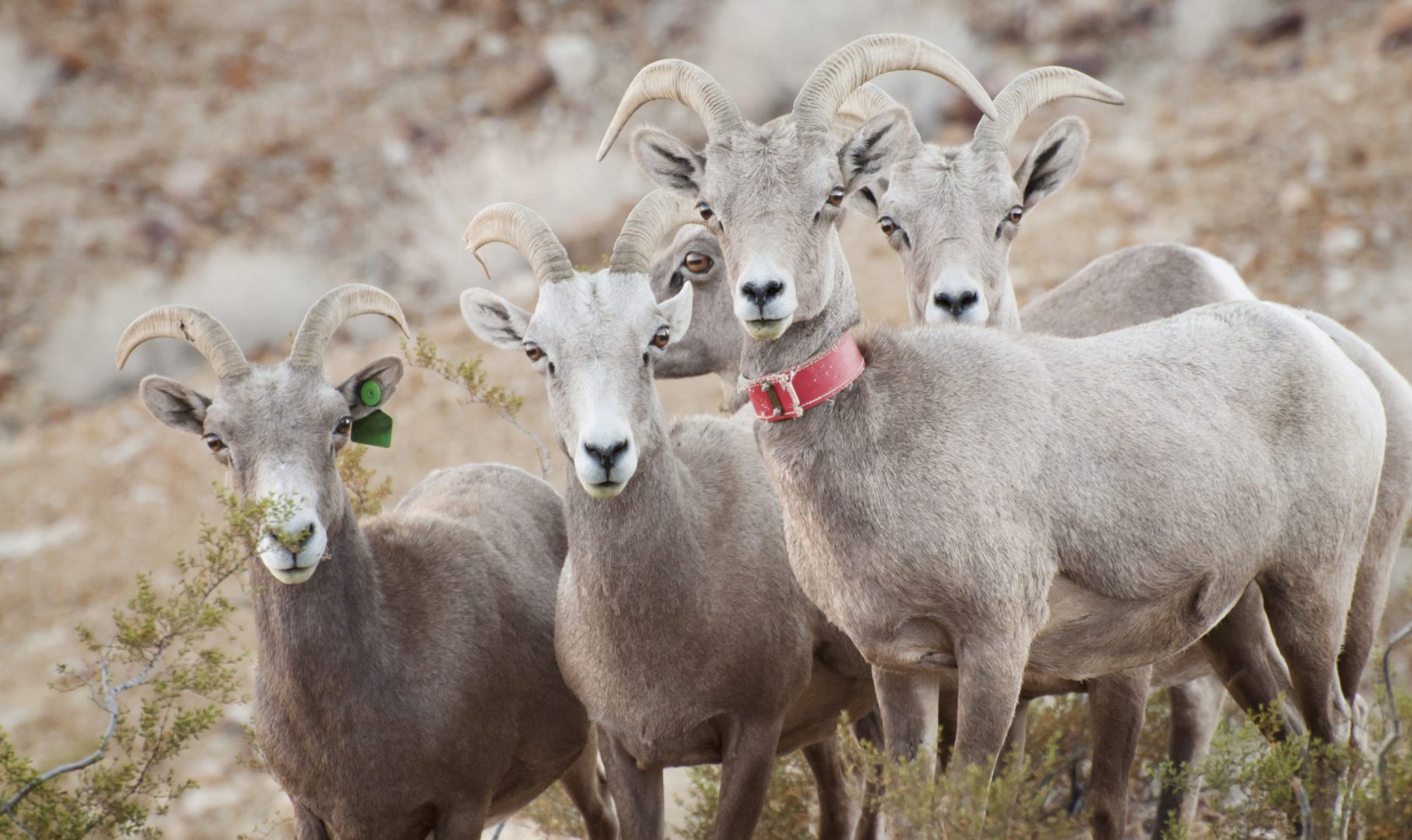
4 Incredible Parks for Winter Wildlife Watching

Emily Pennington // Western National Parks
Winter, for some, means curling up indoors with a good book, and for others, it means zooming down the ski slopes, feeling the wind on your cheeks. However, we’d like to suggest a less-expected pastime—winter wildlife viewing.
It might seem counterintuitive, but winter is often a phenomenal time of year to spot migrating birds, cetaceans (whales and dolphins), and ungulates (large mammals with hooves), who descend from their now-chilly summer homes into areas where humans can more easily sight them. Below, we’ll detail four of our favorite places to go birding, whale watching, and animal spotting during the winter months.

Padre Island National Seashore, Texas
What to spot: Sandhill cranes, redhead ducks, white pelicans, snowy egrets
Spring through fall are migratory seasons for many birds who seek to escape frigid northern temperatures, and each winter, Padre Island National Seashore becomes a veritable fiesta for bird watchers. Some of the area’s more notorious seasonal vacationers are its elegant, gray sandhill cranes, which are a blast to watch, as they perform intricate dances to attract mates and strengthen pair bonds. Don’t miss the opportunity to scope for other fan favorites during your visit—redhead ducks flock to the seashore in droves, as do pelicans, terns, and other shorebirds.

Lake Mead National Recreation Area, Arizona & Nevada
What to spot: Bald eagles, desert bighorn sheep, crappie fishing
Sure, many tourists flock to Lake Mead to cool off from the hot desert sun every summer, but an absence of crowds and some unique animal opportunities make it a fabulous recreation area to travel to during the winter months. For one thing, migrating bald eagles are known to overwinter at Lake Mead, with many young eagles meeting their life mates in the area. Though timid, desert bighorn sheep are known to frequent the area, so bring your binoculars and be ready to look closely at rocky outcroppings. Lastly, anglers can rejoice knowing that, while striped bass can be found in Lake Mead year-round, winter is actually the peak season for crappie fishing on the lake.

Pinnacles National Park, California
What to spot: California condors, acorn woodpeckers, California quail, hundreds of migrating bird species
If you’re a diehard birder hoping to spot an endangered California condor in the wild, Pinnacles National Park might be one of your best shots. These enormous avians are often spotted soaring around the park’s namesake rock formations at dawn and dusk, coasting on thermals. But, according to the Audubon Society, that’s not the only reason to high-tail it to Pinnacles in the winter months. For one thing, its Mediterranean climate is a haven for hundreds of species of migrating birds, including the American kestrel, great blue heron, golden eagle, and mountain bluebird. Though they’re not particularly rare, wild turkeys (and crafty little raccoons) are also common sightings around the park’s main campground.

Saguaro National Park, Arizona
What to spot: Coyotes, roadrunners, javelinas, jackrabbits, Gila woodpeckers
Apart from boasting some sincerely massive, century-old cacti, Saguaro is home to a vibrant desert ecosystem, full of unique animals that depend on the huge succulents for lodging and sustenance. Winter is an excellent time to visit the park, as cooler weather makes for great days of hiking around the area’s cactus-studded peaks. Cooler weather makes it tricky to see Saguaro’s infamous reptiles (like the desert tortoise and Gila monster) but be on the lookout for active mammals, like the coyote and javelina, particularly around dawn and dusk. A great way to spot Sonoran Desert birds, like the Gila woodpecker, is to look at the “trunks” of larger saguaros and scan for nest cavities. Contrarily, the cactus wren, which is the state bird of Arizona, likes to build football-sized nests in other cacti, like the cholla. Not having much luck scoping out your favorite desert species? Many can be found year-round at the Arizona-Sonora Desert Museum, just outside the park.
By Emily Pennington

Want to help preserve these significant lands for generations? Your donation supports kids’ programs, research, Indigenous artists’ demonstrations, and more!




